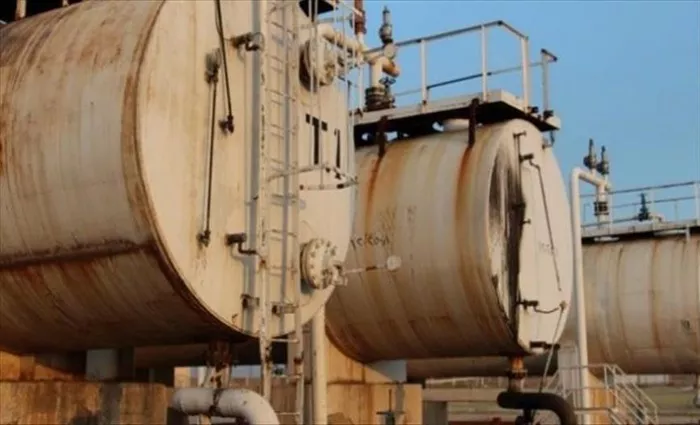Crude oil inventories in the United States declined slightly last week, according to new data from the American Petroleum Institute (API). The industry group reported a draw of 370,000 barrels for the week ending June 6, defying analyst expectations of a 700,000-barrel build. This follows a significant 3.3 million-barrel decrease in the previous week.
Despite the recent declines, U.S. crude stockpiles have increased by nearly 18 million barrels so far in 2025, based on API data analyzed by Oilprice website.
Meanwhile, the U.S. Department of Energy (DoE) noted a modest increase of 300,000 barrels in the Strategic Petroleum Reserve (SPR), bringing total reserves to 402.1 million barrels. However, this level remains well below the pre-withdrawal inventory seen before the Biden administration’s release of emergency stocks.
As of 4:25 p.m. ET on Tuesday, oil prices were slightly lower on the day. Brent crude traded at $66.72 per barrel, down $0.32 (-0.48%), yet still more than $1 higher than the previous week. West Texas Intermediate (WTI) crude also slipped, dropping $0.42 (-0.64%) to $64.87 per barrel, though this reflects a gain of nearly $1.50 compared to the prior week.
On the product side, gasoline inventories surged by 2.969 million barrels, following a 4.7 million-barrel increase the week before. Despite the recent builds, gasoline stocks remain 1% below the five-year seasonal average, according to the latest data from the U.S. Energy Information Administration (EIA).
Distillate inventories, which include diesel and heating oil, rose by 3.712 million barrels last week. This marks a notable jump from the 760,000-barrel increase recorded the week prior. Distillate supplies remain tight, still hovering 16% below the five-year average as of May 30.
At Cushing, Oklahoma—the key delivery point for U.S. crude futures—stockpiles fell by 728,000 barrels during the reporting week, continuing a trend of tightening inventories at the critical hub.


